- Revamped Eligibility Rules Make Battery Materials Critical
- Ford, GM, Stellantis and Tesla Are Winners
- List Will Grow Over Time
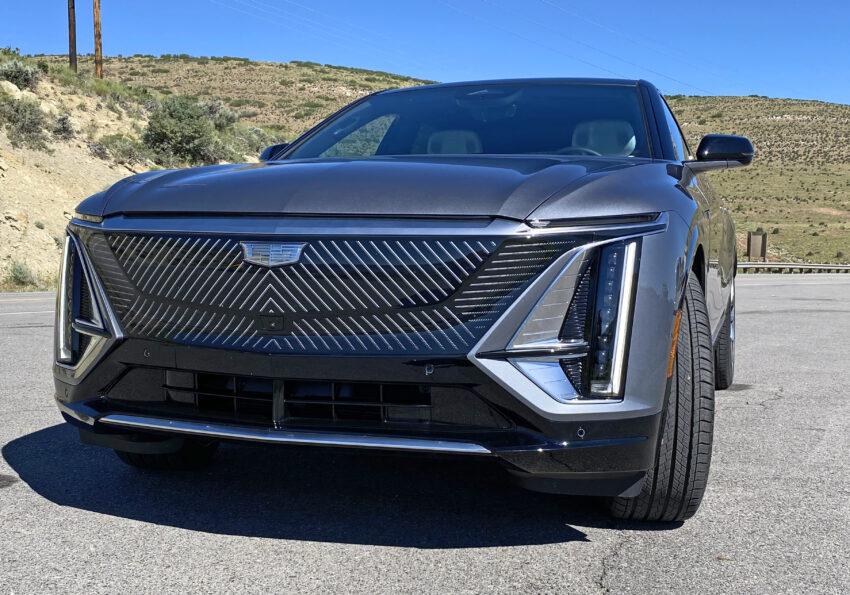
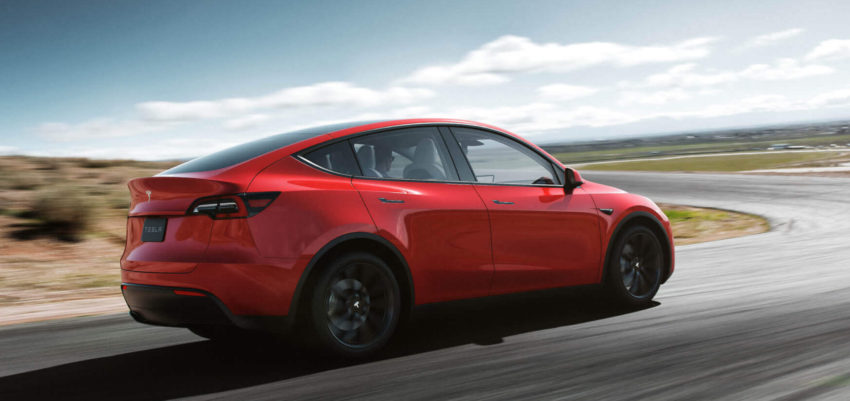
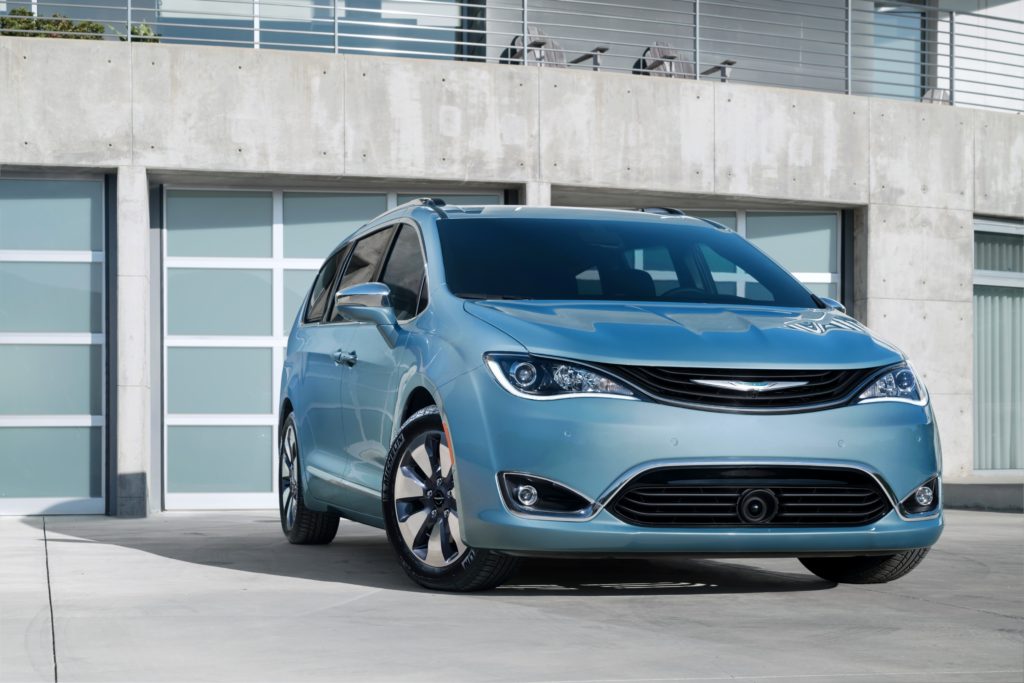
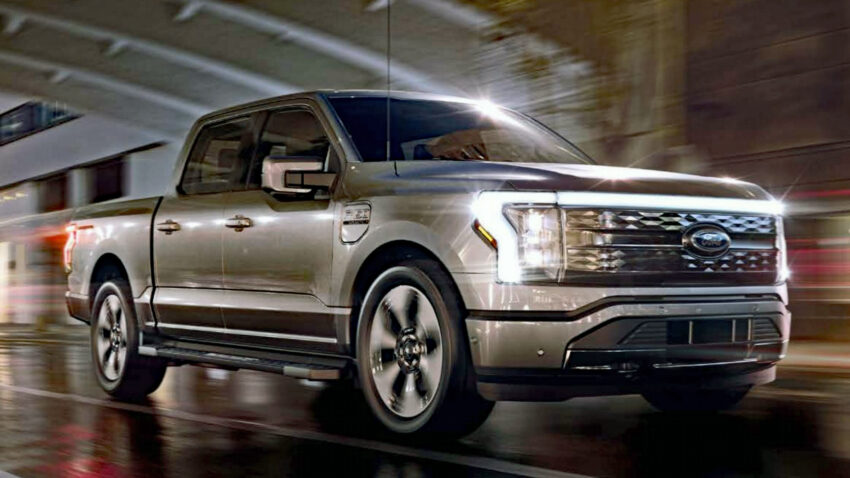
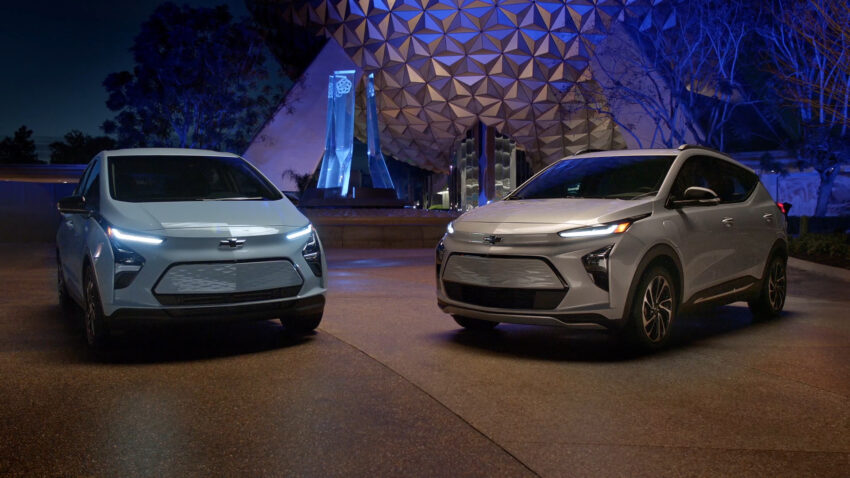
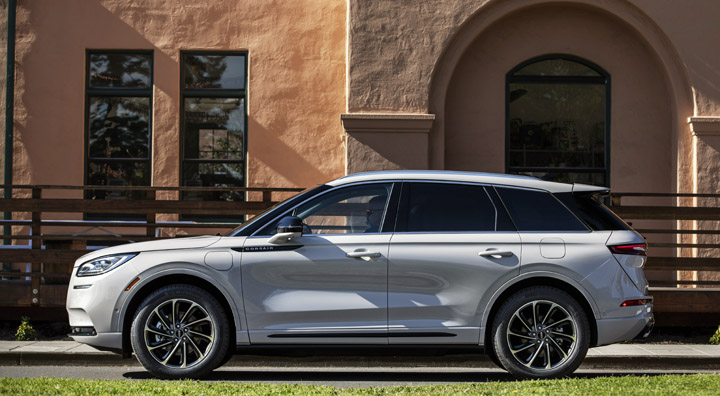
It’s official – a handful of domestic models have become the first electrified vehicles to qualify under revised federal tax credit rules for EVs and plug-in hybrids. The rules take effect on Tuesday.
The Energy Department published the initial tax credit eligibility list after automakers reported on the makeup of their EV and PHEV batteries under rules set out in the Inflation Reduction Act of 2022 and formalized earlier this year by the Treasury Department.
Almost four dozen EVs and plug-in hybrids currently on sale in the U.S. will not qualify initially, either because they are not assembled in North America – an automatic and total disqualification – or, even though assembled in North America, can’t yet meet the battery content requirements. Otherwise qualified vehicles that are leased are exempt from the North American assembly requirement.
As expected, the winners in the first round of eligibility all are domestic models assembled in the U.S., Canada or Mexico. they also have been and certified by their manufacturers as having battery packs with at least 50% of other battery components manufactured or assembled in North America and/or at least 40% of their critical minerals – such as lithium, cobalt and nickel – extracted or processed in the U.S. or in a country which which the U.S. has a free trade agreement.
The battery content percentages increase annually until hitting 80% for minerals in 2027 and 100% for “other components’ in 2029.
Vehicles that meet all of the other eligibility requirements including price caps are eligible for a $3,750 tax credit for meeting either of the battery content requirements, or $7,500 for meeting both.
The percentage escalates each year until it hits 80% in 2027.
First Round Picks
The initial eligible vehicles, according to the Department of Energy’s list, are:
| Make | Model | Model Year(s) | Type | Credit | MSRP Cap |
| Cadillac | Lyriq | 2023-24 | EV | $7,500 | $80,000 |
| Chevrolet | Blazer | 2024 | EV | $7,500 | $80,000 |
| Bolt | 2022-23 | EV | $7,500 | $55,000 | |
| Bolt EUV | 2022-23 | EV | $7,500 | $55,000 | |
| Equinox | 2024 | EV | $7,500 | $80,000 | |
| Silverado | 2024 | EV | $7,500 | $80,000 | |
| Chrysler | Pacifica PHEV | 2022-23 | PHEV | $7,500 | $80,000 |
| Ford | E-Transit | 2022-23 | EV | $3,750 | $80,000 |
| Escape PHEV | 2022-23 | PHEV | $3,750 | $80,000 | |
| F-150 Lightning Extended Range | 2022-23 | EV | $7,500 | $80,000 | |
| F-150 Lightning Standard Range | 2022-23 | EV | $7,500 | $80,000 | |
| Mustang Mach-E Extended Range | 2022-23 | EV | $3,750 | $80,000 | |
| Mustang Mach-E Standard Range | 2022-23 | EV | $3,750 | $80,000 | |
| Jeep | Grand Cherokee 4xe | 2022-23 | PHEV | $3,750 | $80,000 |
| Wrangler 4xe | 2022-23 | PHEV | $3,750 | $80,000 | |
| Lincoln | Aviator Grand Touring | 2022-23 | PHEV | $7,500 | $80,000 |
| Corsair Grand Touring | 2022-23 | PHEV | $3,750 | $80,000 | |
| Tesla | Model 3 Performance | 2022-23 | EV | $7,500 | $55,000 |
| Model 3 Stand. Range, Rear-Drive | 2022-23 | EV | $7,500 | $55,000 | |
| Model Y AWD | 2022-23 | EV | $7,500 | $80,000 | |
| Model Y Long Range AWD | 2022-23 | EV | $7,500 | $80,000 | |
| Model Y Performance | 2022-23 | EV | $7,500 | $80,000 |
While the eligibility rules aren’t expected to change again any time soon – politics permitting – the makes. models and numbers of vehicles eligible will change as more and more EV makers set up vehicle and battery production facilities in North America and realign their battery minerals sourcing to comply with the IRA requirements.
Meantime, here are the rules for non-commercial vehicles (leased EVs and PHEVs fall under commercial vehicle rules). Battery-electric, plug-in hybrid and fuel-cell electric vehicles that meet all requirement are eligible:
- Only vehicles assembled in North America are eligible for any federal tax credit for their purchasers. That took effect last August, when the IRA was signed into law.
- Clean vehicles that are leased fall under commercial vehicle rules and are exempt from the place-of-assembly requirement. That means owners of those vehicles – typically the automakers’ and dealers’ leasing arms – can claim the tax credit and, if they choose to, can pass it on to consumers who lease the vehicles from them. So EVs, fuel-cell vehicles and PHEVs built in places such as Germany, Japan and South Korea are eligible if they are leased to consumers, but not if the consumer chooses to purchase them.
- There are price caps on eligible vehicles. Passenger car MSRPs cannot exceed $55,000. MSRPs for trucks, vans and SUVs are capped at $80,000.
- Clean vehicle purchasers also will have to meet buyer income caps – $300,000 annual gross adjusted for joint filers, $150,00 for single filers and $225,000 for head-of-household filers. Those who lease are not subject to the income cap.
- The clean vehicle, except for fuel cell vehicles, which are exempt from this requirement, also must be made by a “qualified” manufacturer – one which has agreed to file regular reports with the IRS. The IRS maintains an on-line list of qualified manufacturers that identifies clean vehicles made in North America and the price caps (car-truck classification) to which they are subject.
- Starting April 18, 2023, only clean vehicles built in North America and with battery content that meets the IRA rules are eligible,
- Those battery rules split the $7,500 tax credit in two two equal pieces and say that otherwise eligible vehicles can get a $3,750 tax credit by meeting either the “critical minerals” requirements or the “other components” requirements, or $7,500 by meeting both.
- The “critical minerals” requirement says that starting this year, 40% of the critical minerals (such as lithium, cobalt and nickel) in the vehicle’s battery must be extracted or processed in the U.S. or in a country which which the U.S. has a free trade agreement. The percentage escalates each year until it hits 80% in 2027.
- The “other components” requirement says that, starting this year, 50% of the remaining components in the vehicle’s battery pack must be manufactured or assembled in North America. The percentage increases to 60% in 2024 and 2025, then goes up annually until it hits 100% in 2029.
- Finally, a “countries of concern” clause kicks in next year and says that if a clean vehicle battery has any components or minerals sourced from a country, like China or Russia, that is identified by the State Department as a country of concern, that vehicle won’t qualify for a federal tax credit even if it meets all the other requirements. The components exclusion begins in 2024, the critical minerals exclusion in 2025.
There’s a Tax Credit for Used Models, Too
For used clean vehicles, the credit is figured at 30% of the sales price up to a maximum of $4,000.
Income caps for buyers are:
- $150,000 for married filing jointly or a surviving spouse
- $112,500 for heads of households
- $75,000 for all other filers.
Sales prices for eligible used vehicles cannot exceed $25,000 and the vehicle must be at least two model years older than the calendar year in which it is purchased (a used vehicle bought in 2023 could be no newer than a 2021 model).
Used clean vehicles also must be purchased from a dealer – not an individual – to be eligible, and, except for fuel cell vehicles, must have been made by a qualified manufacturer. The IRS maintains an on-line list of qualified manufacturers and their eligible used models.
Used vehicle buyers can only claim the tax credit once every three years.
